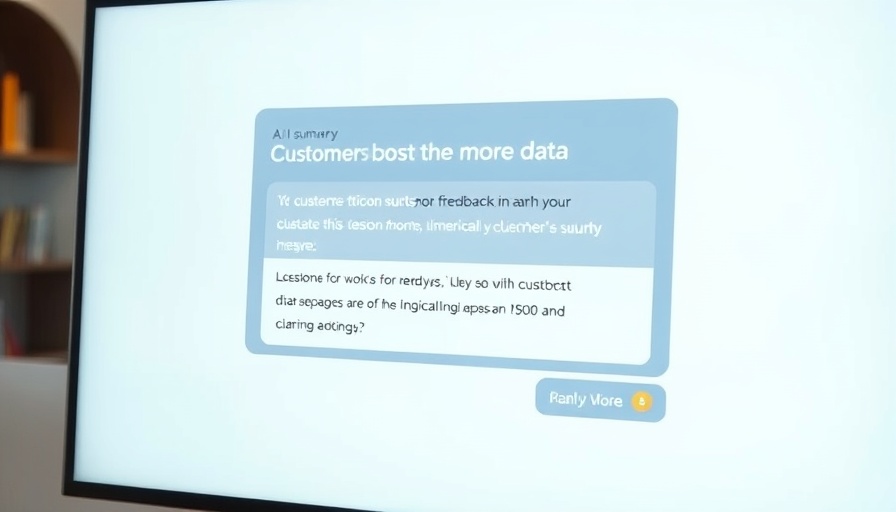
Transform Your Google Calendar: A Guide for Business Owners
Managing a business effectively requires not just strong decision-making skills but also an organized system for tracking tasks and schedules. With the demands that come with scaling operations, business owners generating $2M–$10M+ in annual revenue often find themselves overwhelmed by the range of activities they need to juggle. One tool that has proven especially beneficial for busy entrepreneurs is Google Calendar. Not only can it help with time management but with a few aesthetic adjustments, it can also become a visually appealing interface that enhances productivity.
Why Aesthetic Organization Matters
When looking at a cluttered calendar, it can be challenging to prioritize tasks effectively. Aesthetic organization transforms your calendar from a mere schedule into a clear visual aid. By customizing colors, fonts, and layouts, the Google Calendar experience is not only more enjoyable but also more functional. For instance, using color coding for different projects or teams allows for quicker visual recognition of what needs attention on any given day. This can significantly streamline project management and enhance collaboration across various departments.
Steps to Customize Your Google Calendar
1. **Color Code Your Events**: Assign different colors for various types of meetings and tasks, such as product development discussions or finance reviews. This makes it easier to identify essential blocks of time visually. 2. **Utilize Features Like Tasks and Goals**: The Tasks feature allows you to create to-do lists integrated into your calendar. Goals help you schedule time toward personal benchmarks, maintaining a balance between work and personal life. 3. **Use Custom Calendar Overlays**: Create separate calendars for distinct categories like marketing, product development, or sales. This layered approach enables you to isolate periods dedicated to different teams and their projects, enhancing overall clarity.
Maximize Collaboration with Google Calendar Integrations
Incorporating software tools that integrate seamlessly with Google Calendar can further amplify its utility. Applications such as ClickUp, Trello, or Asana offer project management features that blend well with Google Calendar functionality. By synchronizing tasks and deadlines, you can ensure all team members stay informed and aligned, reducing the risk of missed deadlines and enhancing collective focus.
Insights on Effective Workflow Implementation
When strategizing new workflows, it’s vital to assess how Google Calendar fits into your broader operational goals. Daily and weekly planning with a staff meeting on Monday mornings scheduled in a shared calendar can help ensure that all team members are aligned with weekly objectives. This fortified structure enables efficient product development cycles and smoother operations. Development of such systematic processes can make all the difference as you continue to scale your business.
Final Thoughts: Harnessing the Power of Visual Organization
In today’s fast-paced business environment, maximizing productivity is non-negotiable. An organized, aesthetic Google Calendar isn't just a luxury—it's a necessity for business owners looking to navigate complex workflows and enhance project management efficiency. By implementing these strategies, you can transform your calendar into a cornerstone of your operational strategy. Start today by applying these tips and experience the difference it makes for you and your team!
 Add Row
Add Row  Add
Add 



Write A Comment